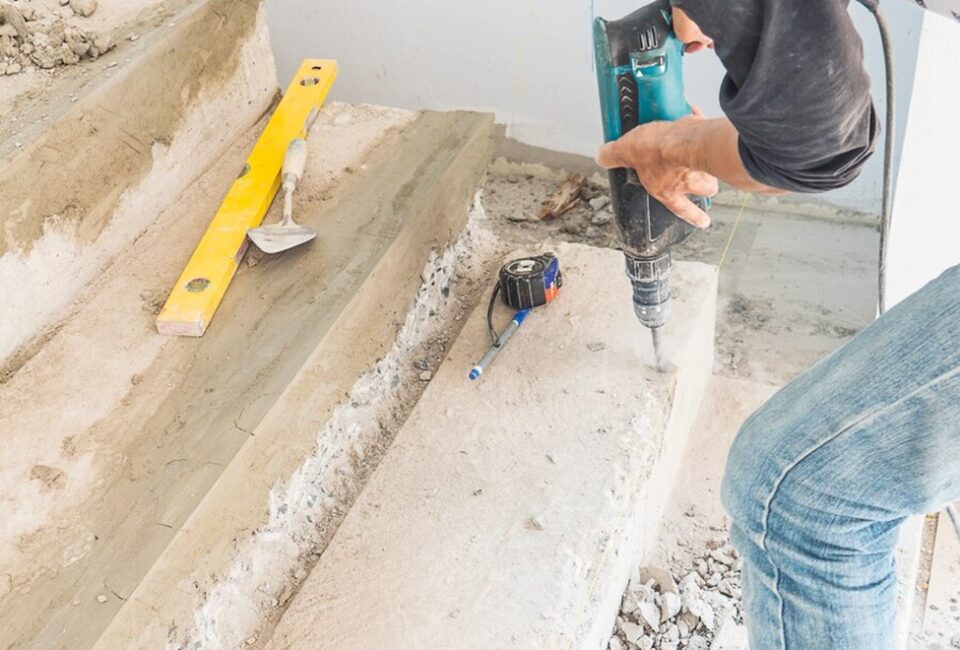Experiencing a disaster, whether it’s a fire, flood, or storm, can be devastating. Once the immediate danger has passed and cleanup has begun, the reconstruction process is the next crucial step to restore your home or business to its original condition. This process can be complex and stressful, but with proper planning and the right approach, it can go smoothly. Here are seven tips to help ensure a smooth reconstruction process after a disaster:
1. Document the Damage Thoroughly
Before any reconstruction work begins, it’s essential to document the damage thoroughly. Take detailed photos and videos of all affected areas, and make a list of damaged items. This documentation will be invaluable when filing insurance claims and will help contractors understand the extent of the work needed. Be sure to keep copies of all reports and communications with your insurance company.
2. Work with Your Insurance Company
Dealing with insurance claims can be a daunting task. Contact your insurance company as soon as possible to report the damage and start the claims process. Provide them with all necessary documentation and stay in regular contact to ensure your claim is processed efficiently. Many insurance companies have preferred contractors they work with, which can help streamline the reconstruction process.
3. Hire a Reputable Contractor
Choosing the right contractor is critical for a successful reconstruction. Look for a licensed, insured, and reputable contractor with experience in disaster restoration. Ask for references and read reviews to ensure they have a good track record. A reliable contractor will provide a detailed estimate and timeline for the work, helping you set realistic expectations.
4. Create a Detailed Plan
A well-thought-out plan is essential for a smooth reconstruction process. Work with your contractor to create a detailed plan that outlines the scope of work, timeline, and budget. This plan should include all necessary permits and inspections to ensure the reconstruction meets local building codes. Having a clear plan in place will help prevent misunderstandings and keep the project on track.
5. Stay Involved in the Process
While it’s important to trust your contractor, staying involved in the reconstruction process is crucial. Regularly communicate with your contractor to get updates on the progress and address any concerns promptly. Visiting the site frequently will help you stay informed and ensure the work is being done to your satisfaction.
6. Prioritize Safety
Safety should be a top priority during the reconstruction process. Make sure the work site is secure and that all workers are following safety protocols. If you’re living in the home during reconstruction, take precautions to keep yourself and your family safe from potential hazards. Your contractor should also have a plan in place to address any safety issues that arise.
7. Prepare for Unexpected Delays
Reconstruction projects often encounter unexpected delays due to unforeseen issues, such as hidden damage or supply shortages. While it’s important to have a timeline, be prepared for the possibility of delays and be flexible with your expectations. Keeping an open line of communication with your contractor can help manage these situations effectively.
Conclusion
Reconstructing your home or business after a disaster is a significant undertaking, but with careful planning and the right approach, it can be a smooth and successful process. By documenting the damage, working closely with your insurance company, hiring a reputable contractor, creating a detailed plan, staying involved, prioritizing safety, and preparing for unexpected delays, you can navigate the reconstruction process with confidence and ease. Taking these steps will help you rebuild not just your property, but also your peace of mind.

